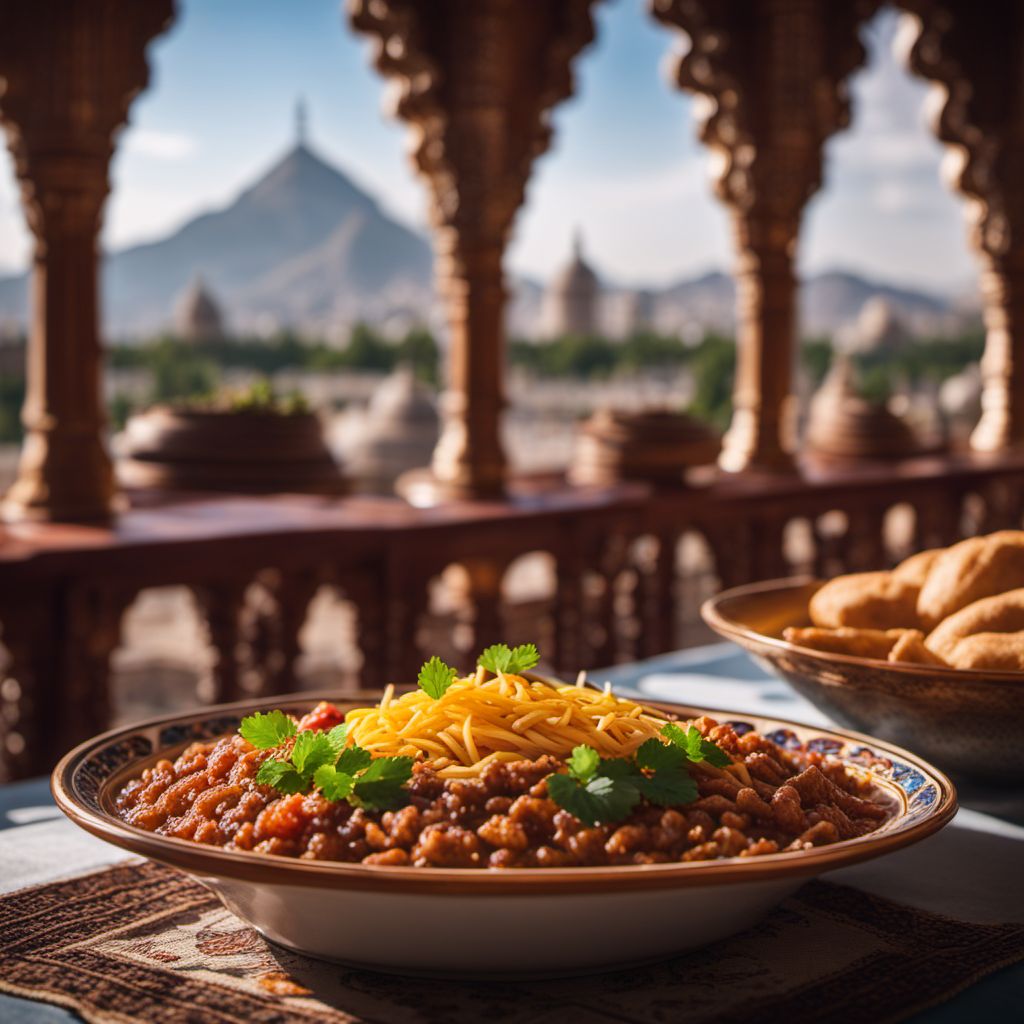
Cuisine
Tajik cuisine
Tajik cuisine is heavily influenced by the country's geography and climate. The mountainous terrain and cold winters have led to the development of hearty and warming dishes. Rice, meat, and vegetables are staples in Tajik cuisine, and dishes are often flavored with spices like cumin, coriander, and turmeric. Dairy products like yogurt and sour cream are also commonly used. Tajik cuisine is known for its soups, stews, and dumplings.
Typical ingredients
Rice, Lamb, Beef, Chicken, Onions, Garlic, Carrots, Potatoes, Tomatoes, Peppers, Beans, Lentils, Chickpeas, Yogurt, Sour cream, Dill, Parsley, Coriander, Cumin, Turmeric, Paprika
Presentation and garnishing
Dishes are often presented in large communal platters, and garnished with fresh herbs and spices.
The national dish of Tajikistan is plov, a rice pilaf dish made with lamb, carrots, and onions.
More cuisines from this region...
Kazakh cuisine, Uzbek cuisine, Bukharan Jewish cuisine, Kyrgyz cuisine, Turkmen cuisine
History
Tajik cuisine has a long history dating back to the ancient Silk Road trade routes. The region's cuisine has been influenced by various cultures over the centuries, including Persian, Mongolian, and Russian. The Soviet era also had a significant impact on Tajik cuisine, with many dishes incorporating ingredients like potatoes and mayonnaise.
Cultural significance
Food is an important part of Tajik culture and is often served in large portions to show hospitality. Meals are typically eaten with the hands, and bread is used to scoop up food.
Health benefits and considerations
Tajik cuisine is generally healthy, with a focus on fresh ingredients and simple cooking techniques. However, some dishes may be high in fat and calories.
Tajik cuisine recipes Browse all »

Tajik-inspired Ham Croquettes
Savory Ham Delights with a Tajik Twist
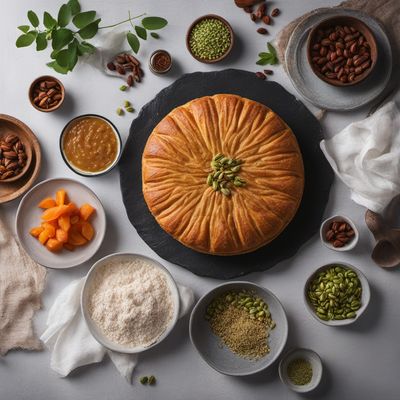
Tajik-inspired Kaštelanska Torta
Silk Road Delight: Tajik-inspired Kaštelanska Torta
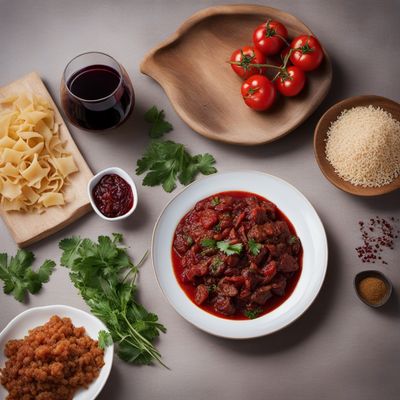
Tajik-style Red Wine Trotelle
Savory Tajik Delight: Red Wine Trotelle
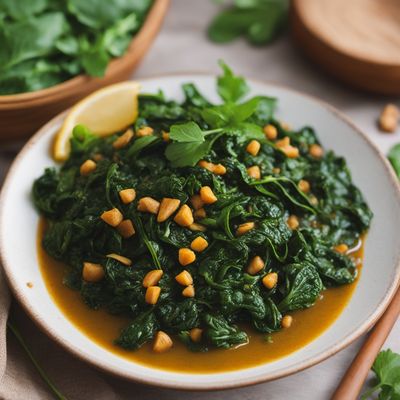
Tajik-Style Spinach Stew
Savory Spinach Delight: A Tajik Twist on a Classic Dish
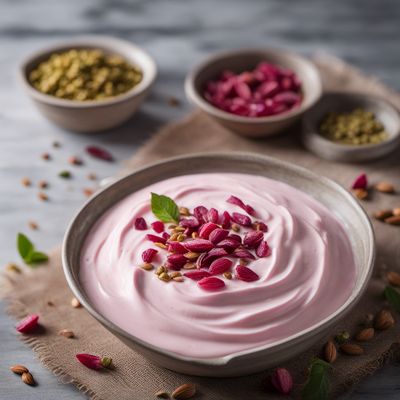
Tajik Raib: Creamy Yogurt Delight
Silkiness in a Bowl: Tajik Raib, the Creamy Yogurt Delight
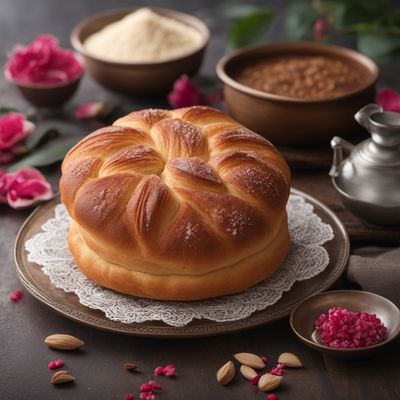
Tajik Sweet Bread
Sugary Delights from Tajikistan: Tajik Sweet Bread Recipe

Tajik Janchi Guksu
Silk Road Noodle Delight
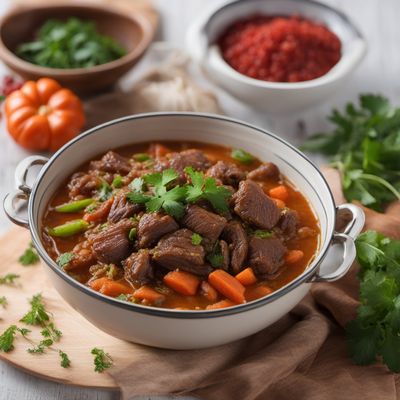
Tajik Sofakli Palov
Silk Road Delight: Tajik Sofakli Palov

Tajik-inspired Makvali Stew
Savory Tajik Makvali Stew: A Taste of Tradition

Tajik Asadillo: A Fusion of Spanish and Tajik Flavors
Saffron-infused Asadillo: A Tajik Twist on a Spanish Classic
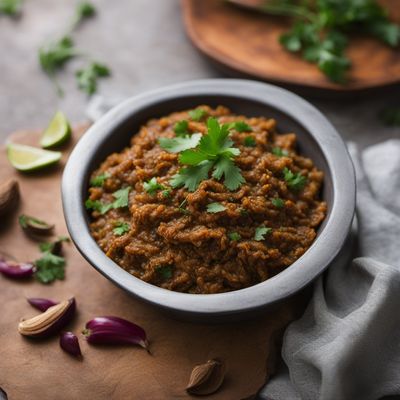
Tajik-style Smoky Eggplant Mash
Smokey Delight: Tajik-style Eggplant Mash

Tajik-style Eggplant Caviar
Silky Eggplant Delight: A Tajik Twist on a French Classic
